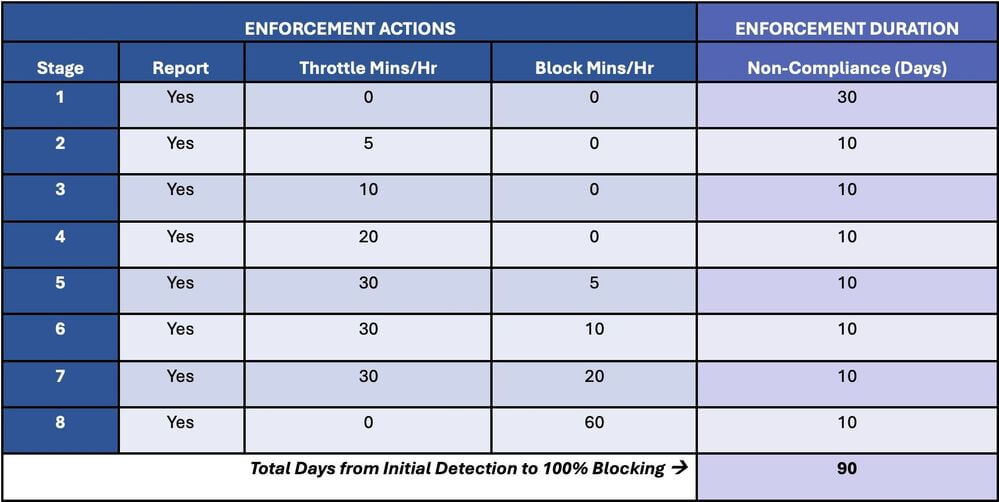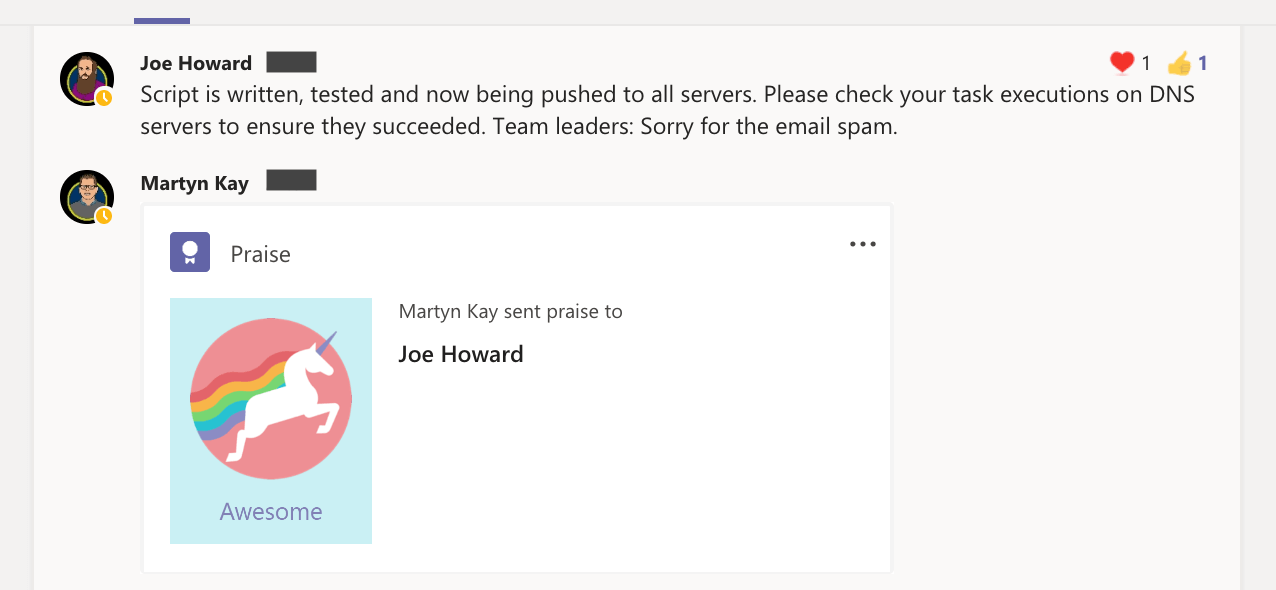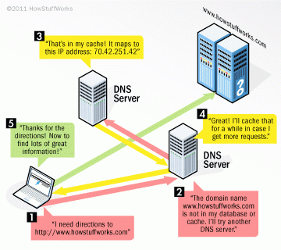Windows Server 2012 and R2, will officially reach its end of life on Tuesday 10th October 2023.
Scary. End of life (EOL) means that Microsoft will no longer provide updates, patches, or security fixes for Windows Server 2012 R2. This termination of support poses several challenges and risks to businesses that continue to use this platform past the EOL date.
We explore the ramifications of this for your business and examine how Lineal can play a role in shaping the future of your server infrastructure.
So, what are the issues now facing clients?
Security Risks: Without regular security updates, Windows Server 2012 becomes vulnerable to new and evolving cyber threats. Hackers often target systems running on unsupported software, as they are more likely to find unpatched vulnerabilities to grant unauthorised access to company data. Using server hardware outside of its product lifecycle hinders the ability to detect and respond to security incidents in real-time, increasing the window of vulnerability to cyber threats.
Compliance Issues: Many industries and regulatory bodies require businesses to maintain up-to-date and secure systems. Using an unsupported operating system like Windows Server 2012 can lead to compliance violations under Cyber Essentials and ISO Accreditations.
How can Lineal resolve them?
- Upgrade to a Supported Server: The most straightforward option is to upgrade to a newer and supported Windows Server operating system. Windows Server 2019 or the latest version 2023 offers enhanced security, performance improvements all supported by our technical expert team.
- Migrate to the Cloud: Many of our clients are adopting cloud solutions like Microsoft Azure. These offers scalable, secure, and managed server solutions that eliminate the need for on-premises hardware alongside reducing the burden of server maintenance costs through pay-as-you-go and reservations payment models.
- Virtualisation: If a full server upgrade is not feasible immediately, consider virtualisation solutions like VMware. These allow you to run Windows Server 2012 in a controlled and isolated environment while planning your migration strategy meaning each virtual server can run its own operating systems independently.
The end of life of Windows Server 2012 signifies the importance of staying current with technology to ensure security, compliance, and compatibility. Our team is ready to assist your business in transitioning away to a more appropriate solution for securing your company’s data.




